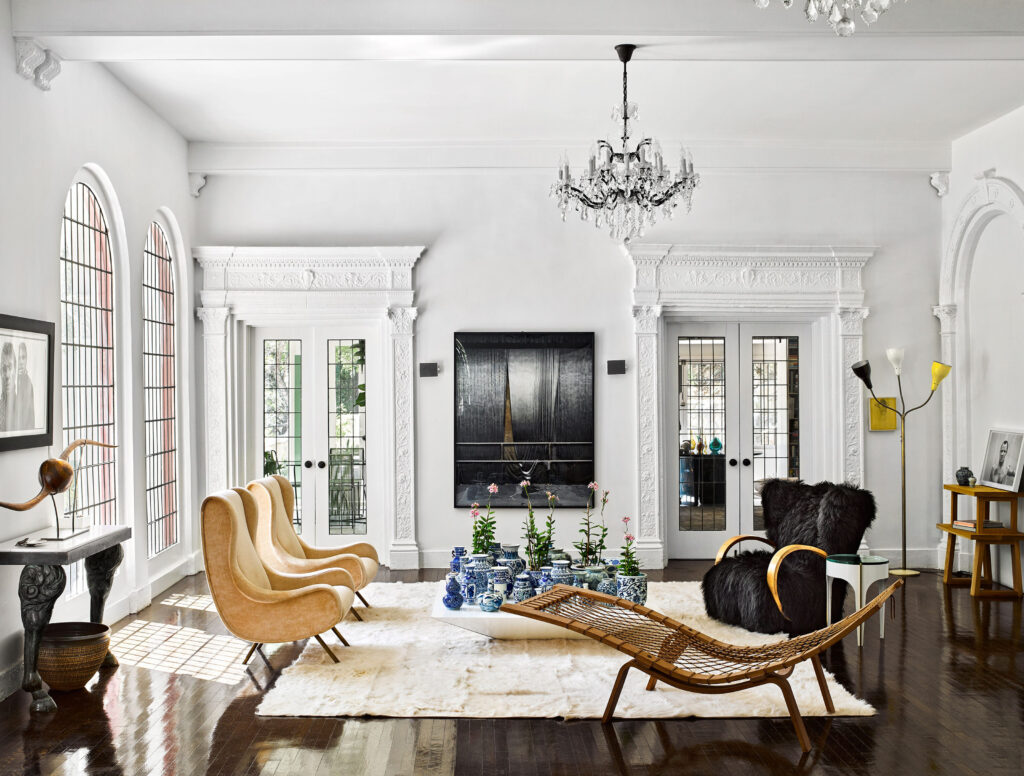Interior design isn't just about decorating a space; it's about creating an experience that resonates with those who inhabit it. Over the decades, a select group of trailblazing designers have left an indelible mark on the field, turning ordinary spaces into extraordinary masterpieces. Let's take a moment to celebrate some of these famous interior designers and their timeless creations.

The Visionaries Behind the Designs
Frank Lloyd Wright
Frank Lloyd Wright's philosophy wasn't limited to architecture; it extended seamlessly into interior design. His principle of organic architecture sought harmony between human habitation and the natural world. Wright's interiors are characterized by their integration with the natural environment, open floor plans, and the use of natural materials. His holistic approach has influenced countless designers and remains a gold standard in the industry.
Dorothy Draper
Dorothy Draper was a pioneer of the interior design profession. She introduced bold colors and large prints at a time when muted tones were the norm. Draper's designs were unapologetically glamorous and exuded confidence. She had a knack for transforming grand public spaces and hotels, making them both luxurious and approachable.
Philippe Starck
Philippe Starck is known for his eclectic and playful designs. Combining functionality with whimsy, he has created some of the most recognizable interiors and products in the world. Starck's interiors often feature unexpected elements, vibrant colors, and innovative materials, capturing the spirit of modernity and creativity.
Kelly Wearstler
Kelly Wearstler's design style is synonymous with luxury and sophistication. She blends modern and vintage elements, creating spaces that are both timeless and contemporary. Wearstler's use of bold patterns, rich textures, and sculptural furniture pieces has made her a favorite among high-end residential and commercial clients.
Zaha Hadid
Zaha Hadid's influence on interior design is unmistakable. Known primarily as an architect, her fluid and futuristic designs translated seamlessly into interiors. Hadid's spaces are characterized by sweeping curves, dynamic forms, and innovative use of materials. Her work has pushed the boundaries of conventional design, earning her a place among the legends of the industry.
Masterpieces of Interior Design
Fallingwater by Frank Lloyd Wright
Fallingwater is perhaps the most famous example of Wright's organic architecture. The house, built over a waterfall, seamlessly integrates with its natural surroundings. Inside, the use of natural stone, open floor plans, and expansive windows creates a space that feels both modern and timeless.
The Greenbrier by Dorothy Draper
The Greenbrier hotel is a testament to Draper's bold and glamorous style. With its vibrant colors, intricate patterns, and luxurious furnishings, the hotel is a visual feast. Draper's design transformed the Greenbrier into an iconic destination, showcasing her ability to create spaces that are both opulent and inviting.
The Royalton Hotel by Philippe Starck
The Royalton Hotel in New York City exemplifies Starck's innovative approach to design. The hotel's interiors feature a mix of modern and classical elements, creating a space that is both elegant and playful. Starck's use of unexpected materials and creative layouts has made the Royalton a landmark in hospitality design.
The Proper Hotel by Kelly Wearstler
The Proper Hotel in Santa Monica is a prime example of Wearstler's eclectic and sophisticated style. The hotel's interiors blend bold patterns, rich textures, and curated vintage pieces, creating a space that feels both luxurious and homey. Wearstler's attention to detail and unique design sensibility are evident in every corner of the hotel.
The Guangzhou Opera House by Zaha Hadid
The Guangzhou Opera House is a striking example of Hadid's futuristic and fluid design language. The building's interiors are characterized by sweeping curves, innovative materials, and dynamic forms. Hadid's design creates a sense of movement and energy, making the opera house a true masterpiece.
Conclusion
The legends of interior design have shaped the way we experience spaces, blending art, function, and innovation to create environments that inspire and delight. Their masterpieces continue to influence new generations of designers, ensuring that their legacies endure. Whether you're an aspiring designer or simply someone who appreciates beautiful spaces, these iconic figures offer endless inspiration.
Are you looking to refine your own space? Consider exploring the design philosophies of these legends to bring a touch of timeless elegance and innovation into your environment.
 icons at the top right corner of the subsection.
icons at the top right corner of the subsection.